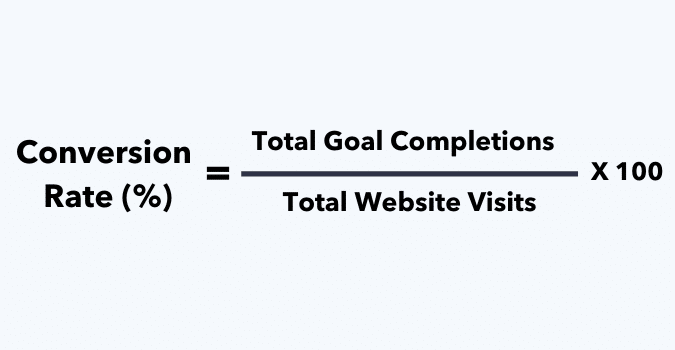These days, many operate e-commerce websites. Some large companies all the way to the work from home startup. Many are selling online now. It is common and widely accepted. This is especially true over the last couple years. The word conditions have forced the e-commerce industry to drastically grow. This above and beyond already strong expectations. Yet, many struggle to generate online sales and be successful online. Often, this confuses business owners and e-commerce operators. Understanding ecommerce conversion math is critical to understanding online sales for e-commerce.
Conversion math for e-commerce is a deduction game. Business owners and companies must know it to fully understand the performance of their website. Here, it is broken down to illustrate how to apply it to websites. For successful online sales, understanding ecommerce conversion math is key. See below more about the formula. The formula allows any business to look at their website traffic and better understand what happens. The most common question we get asked is how come only x amount of people buy, when we have x amount of website traffic. It is by far, the most common question asked by e-commerce operators and companies selling online.
E-Commerce Conversion Math and Formula
The formula for e-commerce websites is simple. Here is an example, if you have 10,000 visitors and 200 visitors buy a product (conversion), the conversion rate will be 2%.
Formula: The number of conversions of as a whole/ The number of visitors to website’s landing pages * 100%
 This number gives you a larger picture of the e-commerce marketing performance with the main purpose being a purchase. The general performance of the website and all marketing activities can be quickly evaluated based on this rate and formula.
This number gives you a larger picture of the e-commerce marketing performance with the main purpose being a purchase. The general performance of the website and all marketing activities can be quickly evaluated based on this rate and formula.
E-Commerce Deductions
The dedications with e-commerce websites are important to understand. Understanding ecommerce conversion math for online sales includes understanding deductions. It is a deduction game as seen above with the formula already. The main deductions to be aware of and understand are below outlined in more detail.
Website Bounce Rate
The bounce rate is significant to understand. In many cases, it is as high as 65%. This means, over half of the website traffic and visitors leave right away. One click and they are gone. The average bounce rate of e-commerce websites is between 20-45%. This means, it can be about half of all traffic generated. To lower the bounce rate, a company must invest more into quality traffic, optimized website, and plenty of incentives with quality eye-catching visuals.
Shopping Cart Abandonment Rate
Another key deduction to be aware of is the shopping cart abandonment rate. Industry leaders have calculated data from 41 different studies and found that the average cart abandonment rate is just below 70 percent. That means about seven out of every 10 shoppers won’t complete their transaction—a number many e-commerce store owners often do not even know about.
To improve online sales, it is important to know the numbers. Understanding ecommerce conversion math is key to increasing online sales and profits. For assistance, talk to experts. Professional marketing services can generate reports and analytics to assist. Marketing services can further help a company increase online sales and get their website optimized. E-commerce sites can be significantly improved upon to perform better.








